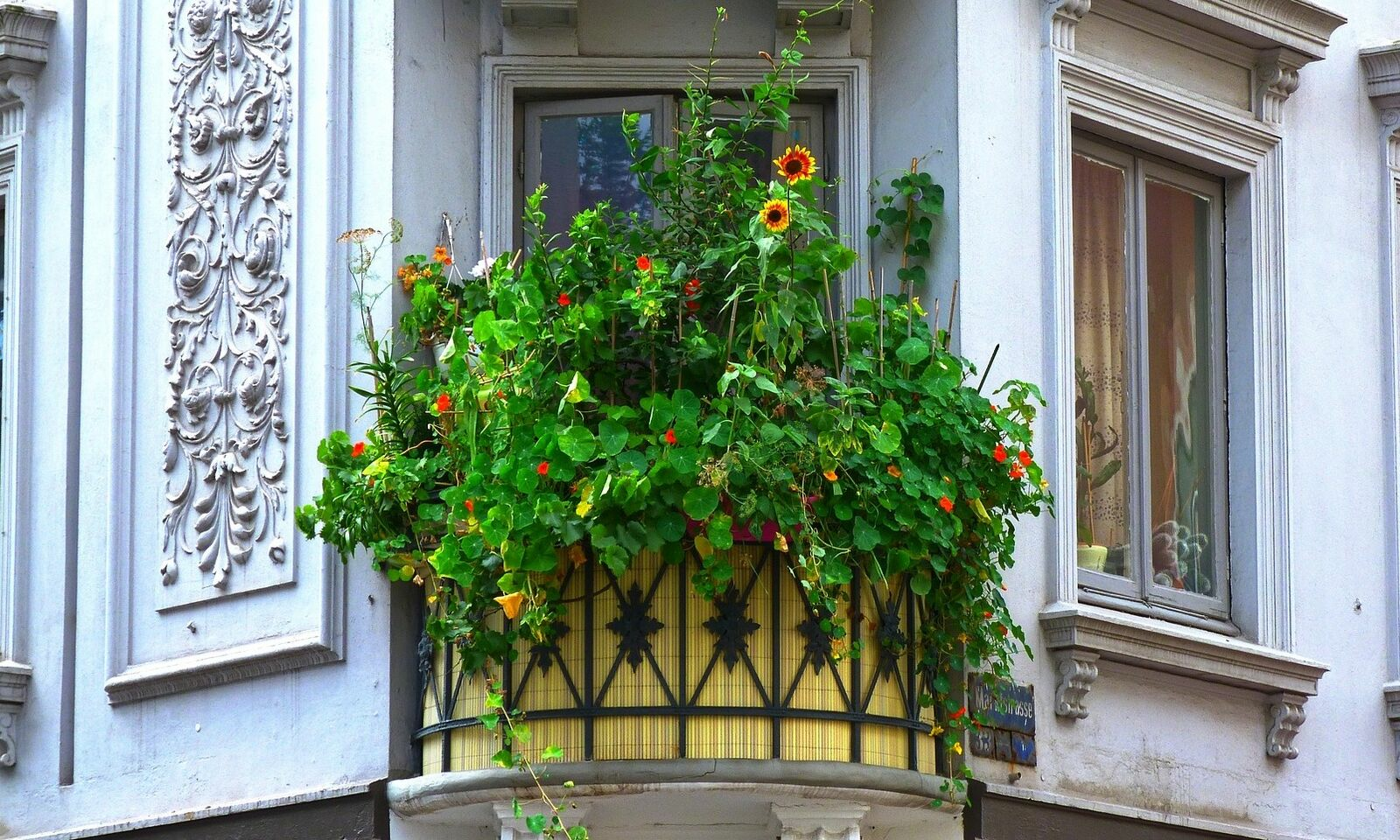
Your Balcony Garden: Ideas for Flowers and Plants
You can grow and harvest your own vegetables even without a garden. This article will give you ideas and tips for your balcony garden. We explain which vegetable plants, herbs and flowers are suitable for growing on the balcony, in raised beds or in pots.
This Article Contains:
- Your Balcony Garden: Ideas for Beginners & Pros
- Balcony Plants for Growing in Raised Beds, Pots or Containers
- Planting a Balcony Box: Tips for Your Herb Bed
- Growing Tomatoes in Pots
- Potato Pot for the Balcony: A Short Guide
- Planting Cucumbers in Pots
- Growing Melons, Pumpkins & Zucchinis Vertically
- Companion Planting Plan for the Patio: Examples & Ideas
- Frequently Asked Questions About the Balcony Garden
Quick Overview
Ideas for Your Balcony or Terrace
- Privacy screen with edible, climbing plants such as beans, nasturtium or passion flower
- Vertically grown plants such as zucchini, melon or cucumber
- Build a small raised bed or a small herb spiral
- Hang up insect hotels and nesting boxes
- Sow and plant native wildflowers
Balcony Plants: Vegetables, Herbs & Flowers
- Flowers: sow native flowering plants and plant flowers with 'double blossoms' such as peonies, dahlias or asters only with suitable companions (they do not provide food, but attract useful insects)
- Herbs: there are numerous herbs that you can plant in pots or window boxes and that have an ecological value (e.g. chives, mint, lemon balm, oregano, marjoram, parsley, basil, rosemary,...)
- Vegetables: tomatoes, cucumbers, peppers, zucchini, pumpkin, melons, potatoes, lettuce, chili,...
Your Balcony Garden: Ideas for Beginners & Pros
A balcony garden offers the perfect opportunity to create a green retreat in urban spaces and grow your own vegetables at the same time. There are several ways to accommodate as many plants as possible in a space-saving manner.
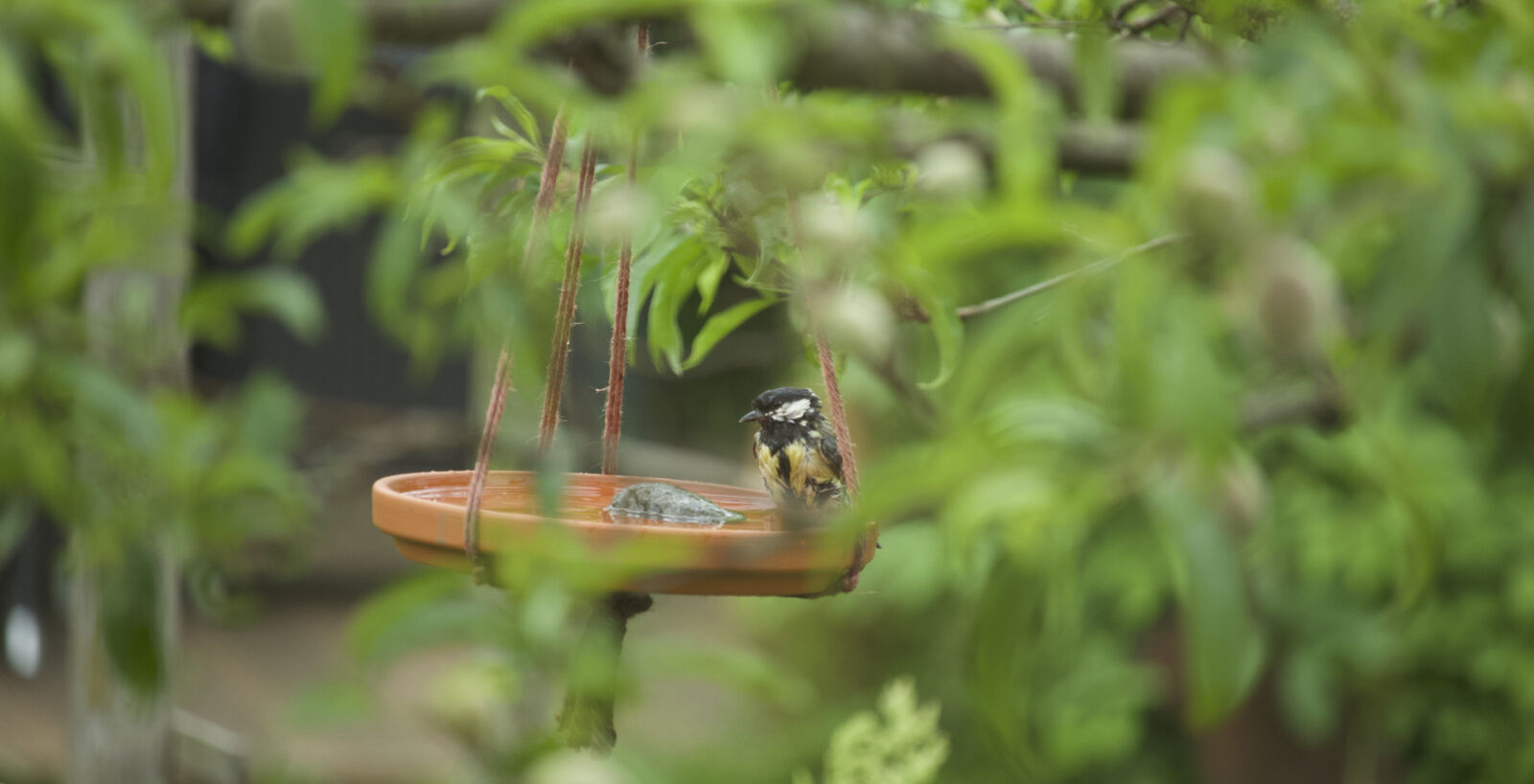
- You can install climbing plants as privacy screens. Beans, nasturtiums, passion flowers or vines, for example, keep prying eyes away and create a cozy atmosphere. All they need is a climbing support and good care to thrive.
- Some varieties of certain vegetable plants such as zucchini, melon or cucumber form tendrils and can therefore be grown vertically or hanging. This allows you to grow even more vegetables on your area and make full use of the space.
- Potted plants and flower boxes are possible on almost every balcony. They offer additional opportunities to fill the balcony with a colorful variety of herbs, flowering plants and vegetables. Easy-care herbs such as grape hyacinths, snapdragons or marigolds are suitable for this.
- If you have a little more space, you can also Build a Raised Bed, which allows you to plant herbs, vegetables and flowers even if space is limited. Be sure to consider the weight and load-bearing capacity of your balcony.
- Alternatively, you can also Create a Herb Spiral made of wood or other lightweight materials on a balcony. A balcony garden with a colorful, organic variety of flowers and herbs is a real oasis for insects and other small animals in the city. You can also use the herbs yourself in the kitchen.
- To make insects and birds feel even more at home, you could also hang up insect hotels or bird nesting boxes. Make sure that two nesting boxes are at least 10 meters apart so that the bird parents have enough food for their young. It is also possible to design a small hanging bird bath to keep the little peeps cool. You can find more Ideas for a Bird-Friendly Balcony With Tips on Correct Feeding and Instructions on How to Make Your Own Bird Food in this article.
- To maximize the ecological value of your balcony garden, it's best to choose lots of native plants. Find out below which plants are suitable for growing on the balcony and integrate well into the local ecosystem.
Balcony Plants for Growing in Raised Beds, Pots or Containers
When choosing plants for your balcony or patio, you should definitely consider their orientation. If your balcony faces south, choose plants that prefer sunny locations. If, on the other hand, your balcony faces north, it is better to choose shade-loving plants. Most vegetable plants need at least a semi-shady to sunny location in order to thrive and produce a yield.
It is also important to pay attention to the size and depth of the planters so that the plants have enough space for their roots to grow. In general, vegetables, herbs and flowers can be grown on the balcony without any problems as long as the specific light, water and nutrient requirements are taken into account. Vegetables such as tomatoes, peppers, zucchinis or lettuce can be successfully cultivated in raised beds, pots or tubs. Small berries such as strawberries can also be planted in pots. Herbs such as basil, thyme, rosemary or parsley are also excellent candidates for the balcony garden and can be easily accommodated in pots or planters. Flowers such as petunias, pansies, strawflowers or forget-me-nots offer a beautiful, fragrant blaze of color and thrive just as well in pots, tubs or flower boxes.
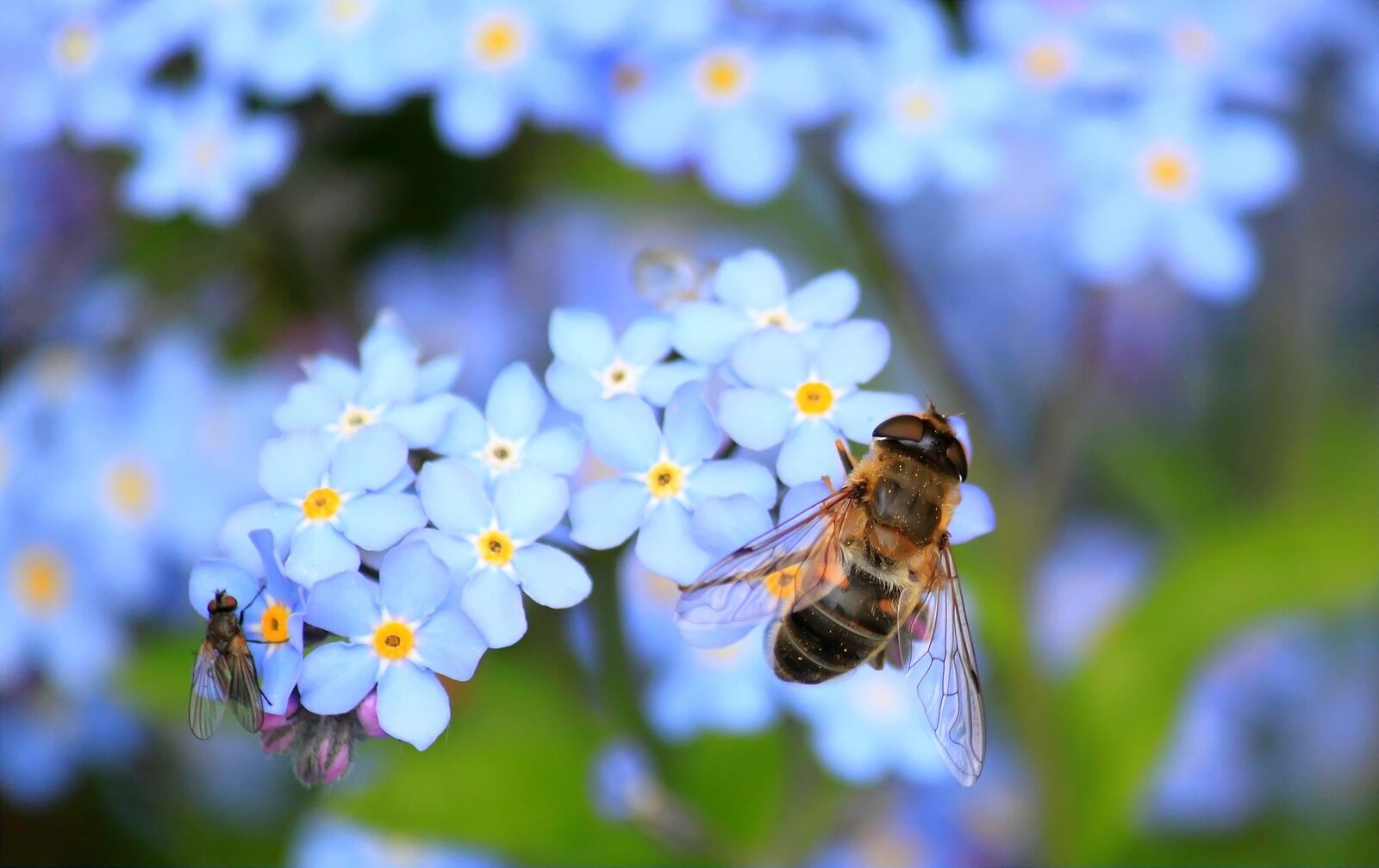
Growing Vegetables on the Balcony
Growing vegetables on the balcony allows you to harvest fresh and healthy food right on your doorstep. When selecting plants and varieties for the balcony, you should look for compact growth forms and a small space requirement. More vegetable varieties can be cultivated in raised beds as there is more space available. If the raised bed is large enough, you can grow almost any vegetable. Vegetables such as lettuce, radishes, spinach, chard and leeks grow here without any problems. Root vegetables such as carrots, beet or kohlrabi can also be sown in raised beds, as long as the soil is deep enough. Numerous types of vegetables can also be grown in pots or containers. These include tomatoes, peppers, chili peppers, eggplants and zucchinis. Climbing vegetables such as peas, beans and cucumbers are also suitable for growing in pots if they are supported by a climbing support.
Flowers for the Balcony Garden
Balcony boxes are ideal for growing numerous herbs and flowers. Choose flowering plants that are suitable for native pollinators. Not every flower automatically provides nectar, as the anatomy of the insects often has to match in order to reach the nectar. There are also some flowers that have been modified by breeding so that they no longer provide food. You can recognize these flowers by their so-called 'double flowers'. The stamens, which normally produce the nectar, are missing. Instead, petals grow here, which make the flower look more beautiful, but lure the insects onto the wrong trail. However, their bright colors still attract insects, which you can also use to your advantage. That's why you should always plant peonies, chrysanthemums, dahlias, asters, roses, etc. with ecologically intertwined flowering plants. Native wildflowers are the best choice for this, as they at least provide food for local insects. Make sure you find out in advance which flowers make sense and which don't.
Planting a Balcony Box: Tips for Your Herb Bed
When selecting plants for the balcony box, it is important to choose plants with similar needs in terms of light, water, soil and nutrients for a balcony box. This way, you can tailor the care and choice of soil and location to the individual herbs. You can find out Which Herbs Go Well Together in this article.
Herbs are particularly valuable balcony plants because, on the one hand, you can use them fresh or dried in the kitchen or as a medicinal plant. On the other hand, most herbs provide food for insects and attract them with their colorful flowers. Insects are particularly happy about this in the city. The range of flowers in cities is now so high and diverse that the food supply is sometimes even better than in rural areas.
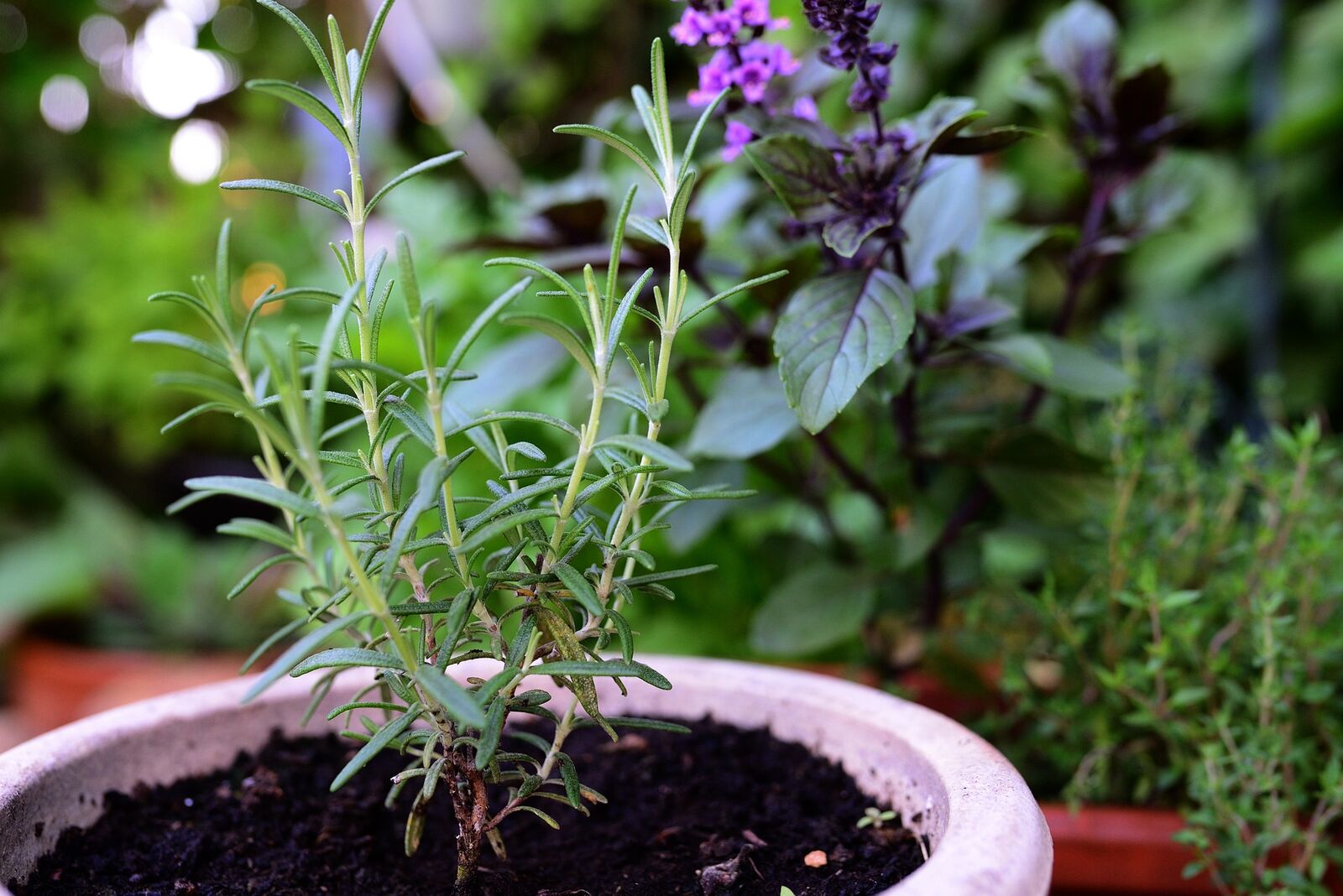
Herbs for the Pot: Ideas for the Small Balcony
- chives
- mint
- hyssop
- lavender
- lemon balm
- oregano
- marjoram
- sage
- savory
- thyme
- parsley
- basil
- rosemary
- curry herb
Our tip: Make sure you plant flowers and herbs with different flowering times together. This will ensure the longest possible food supply for insects throughout the year.
Balcony Box With Watering System: Ollas for Watering
Balcony boxes tend to dry out more quickly than garden soil. This can be a problem, especially in summer or during the vacation season, as you have to water daily during hot periods. Otherwise, drought stress can lead to damage to the plant, which in the worst case can cause it to lose the harvest or die. To avoid this, an irrigation system can be beneficial. Ollas are a simple and effective method for continuously watering plants in balcony boxes. Ollas are porous clay containers that are filled with water and buried in the soil. The water slowly seeps through the porous walls of the container and supplies the plant roots directly with moisture. You can find out How to Build Your Own Ollas here.

Learn More About Plants and Their Needs
In our library you will find information on the individual varieties with cultivation periods, tips on planting and harvesting. You will also find good and bad companion plants to help you plan a mixed crop.
View Library HereGrowing Tomatoes in Pots
Tomatoes can be successfully cultivated in pots or containers on the balcony if you choose the right variety and provide them with the necessary care. Tomatoes prefer a sunny location with at least 6 to 8 hours of direct sunlight per day. To ensure that the root system has enough space, the pot should be at least 30 cm/11.8 in wide and deep for bushy varieties. Pole tomatoes require more space and need a pot that is at least 45 cm/17.7 in wide and deep. Pole tomatoes also need a climbing support to give the plants support and stability and to protect the fruit from contact with the ground. When caring for tomatoes in pots, it is important to ensure sufficient water and nutrients. Tomatoes need regular and even watering for healthy growth and good fruit formation. However, waterlogging should be avoided as it can lead to root rot.
Small, bushy varieties, such as 'Sunviva' or 'Zuckertraube', are particularly suitable for growing in pots, as they grow more compactly and require less space. There are also special balcony tomato varieties that have been bred for growing in smaller spaces. Alternatively, you can choose vine tomatoes, which tend to grow upwards in a climbing fashion. The varieties 'Tumbler', 'Gardener's Delight' or 'Sweet Million' are particularly suitable for this.
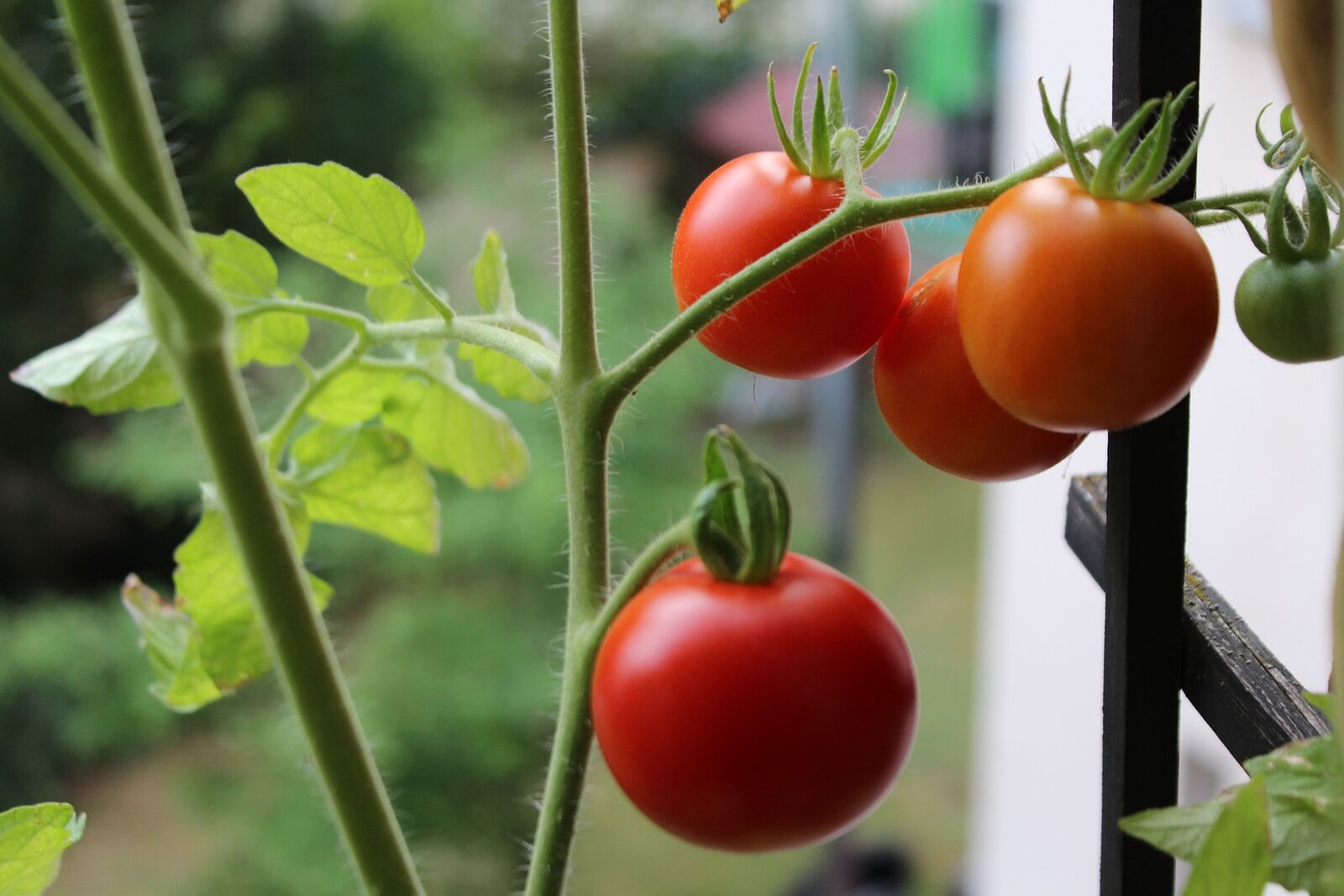
Potato Pot for the Balcony: A Short Guide
You can easily grow potatoes on the patio using a potato pot. All you need is a pot (approx. 50 cm/19.7 in in diameter and depth) filled with compost-rich soil. Plant the pre-sprouted potatoes in the pot, place it in a warm, sunny spot and water regularly. After around 3 to 4 months, the potatoes will be ready to harvest. You can tell when it is time to harvest when the leaves wither and die. You can read More Tips on Planting Potatoes and Potato Pots here.
Planting Cucumbers in Pots
Cucumber plants also form tendrils, which they can use to climb up a trellis or grow hanging. To ensure that the plant can bear the weight of the fruit, you should choose varieties with compact growth. Snack and mini cucumbers such as 'PatioSnacker' or 'Melothria' are a great way to grow fresh cucumbers on the balcony or patio. More Information on Growing Cucumbers in Pots With Tips on Outdoor and Greenhouse Varieties can be found here in the article.
Growing Melons, Pumpkins & Zucchinis Vertically
As already mentioned, growing vegetables vertically is an attractive and space-saving method of growing vegetables. Cucurbits such as zucchinis, melons and pumpkins in particular can be grown vertically. It is important to choose a small-growing variety with strong tendrils. Sugar Baby, for example, is a compact watermelon variety that you can cultivate in a pot and on the balcony. A suitable pumpkin variety would be 'Hokkaido' or climbing zucchinis such as 'Erken' and 'Cocozelle'. You can find more Tips and Instructions for Growing Zucchinis in Pots and Vertically in this article.
Companion Planting Plan for the Patio: Examples & Ideas
You'll find plenty of ideas for your balcony garden in our templates! You have numerous options for making the world a little greener, even in the city. Companion planting is particularly valuable, as it allows you to create the greatest possible biodiversity in the smallest possible space. This provides many animals with much-needed habitats and food. You can also enjoy your own vegetables, which also helps the environment by eliminating long transport routes.
If you have any questions or comments, please write to us at [email protected]. Would you like to receive helpful gardening tips all year round and plan your own beds optimally? Then register here or download the Fryd app for Android or iOS.
Fryd - your digital bed planner

Marie
Marie is an agronomist. She is particularly interested in the sustainable and organic cultivation of vegetables and other plants. In her own garden, she gained experience and likes to try things out to learn from nature. She is particularly interested in the values and principles of permaculture, in order to contribute not only to the well-being of nature, but also to the well-being of people and future generations.
Learn MoreCurrent Topics in the Community
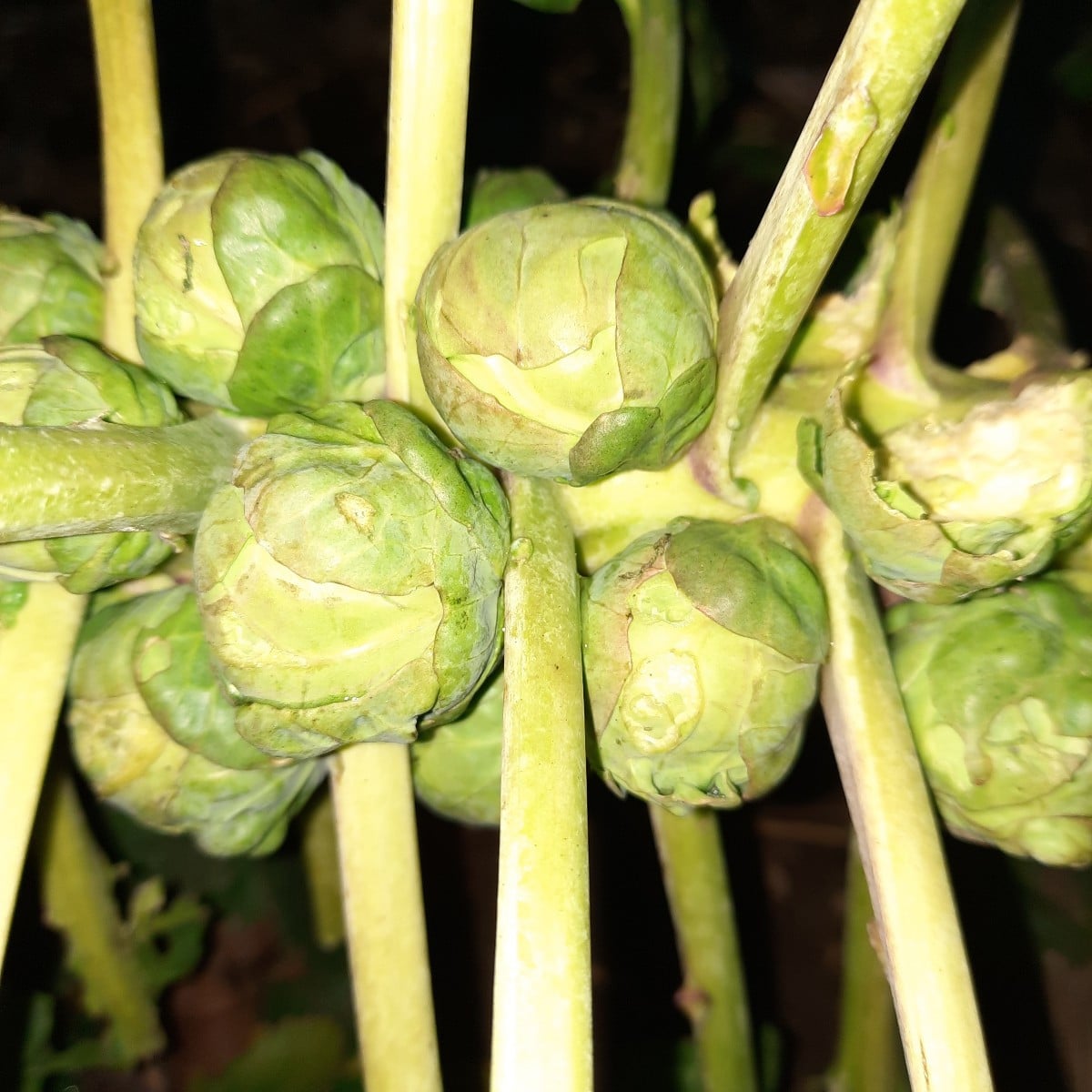
Liked 3 times
The Brussels sprouts have grown really well 😊
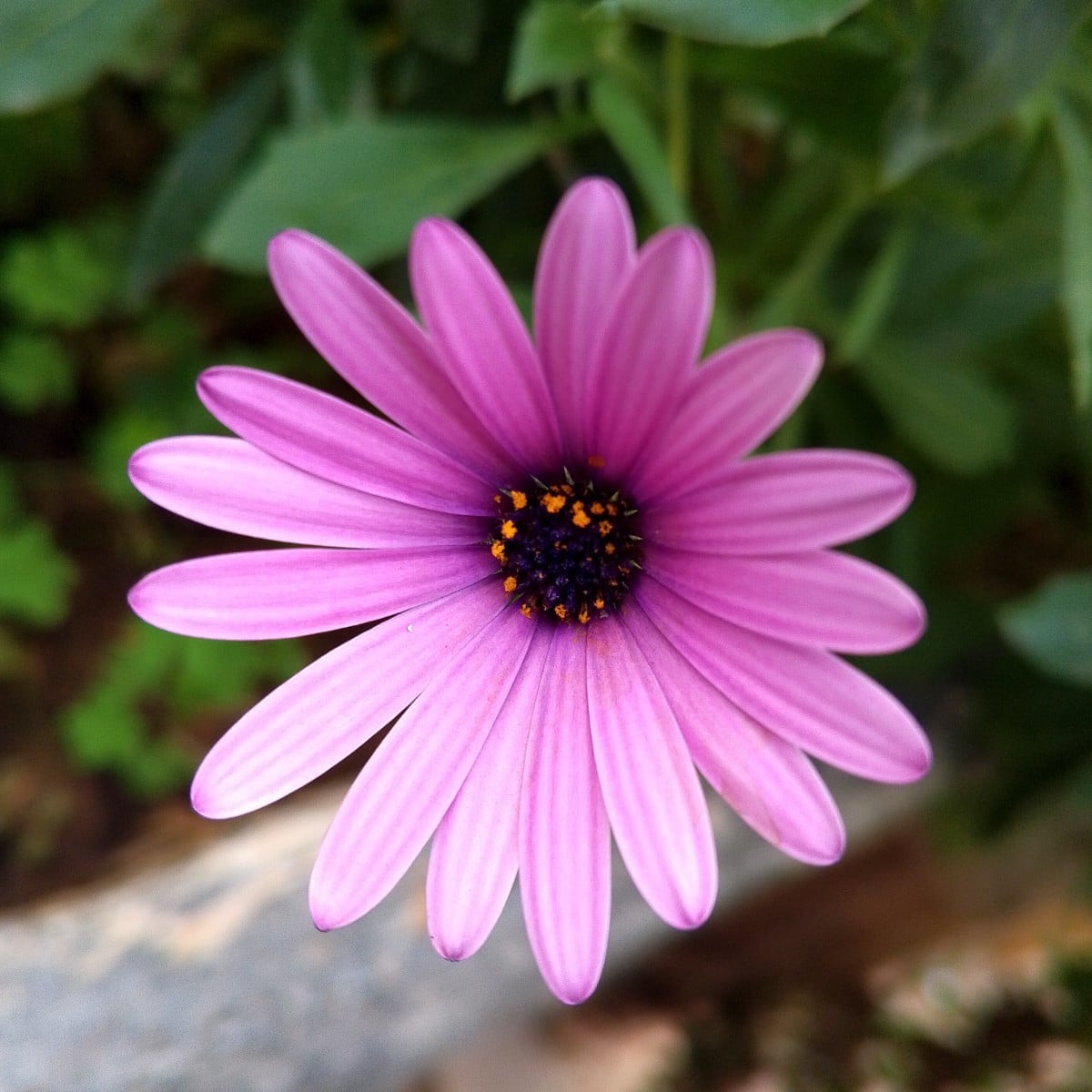
Liked 8 times
I found this in the street 🌼🌺 i dont know its name
Show 4 answers

Liked 7 times
Hello folks, Today, after almost a year, I took my turmeric plant out of the flower pot that was on our windowsill. I think it's not bad for a 14x14 pot without any special care. On the left is the mother rhizome, which is also edible.
Show 2 answersPopular Articles

Overwintering Parsley: How to Do It Successfully

How to Grow Lettuce in Winter: Varieties, Sowing, Harvesting

Growing Sage Plant: Tips for Sowing and Harvesting

What Herbs Can Be Planted Together?

Create & Design a Permaculture Garden

Overwintering Plants: Tubs, Pots and Raised Beds

Pruning, Fertilizing & Propagating Currants: Care Tips

Pruning Raspberries: How to Do It

Vegetable Garden With Greenhouse: How to Use Greenhouse Effect

Winterizing Beds and the Garden: How to Do It
FAQ
What can I plant on the balcony?
Most flowers and herbs can be grown in pots or window boxes. For example, you can plant basil, thyme, rosemary, pansies or strawflowers. But you can also grow vegetables such as zucchinis or melons vertically in pots.
What are bee-friendly flowers for the balcony?
Make sure to plant native wildflowers such as forget-me-nots or snapdragons. Flowers with double blossoms are cultivated and do not provide food for insects. Find out in advance which plants have ecological value.
Which vegetables can I grow in pots?
Some vegetable plants can be grown in pots: Lettuces, zucchinis, melons, pumpkins, eggplants, peppers and tomatoes grow well in pots with the right care. Some varieties grow climbing and can be grown vertically.
You can grow tomatoes well in pots if you choose small, bushy or climbing varieties. All you need is a sufficiently large pot and make sure you provide enough water and nutrients.